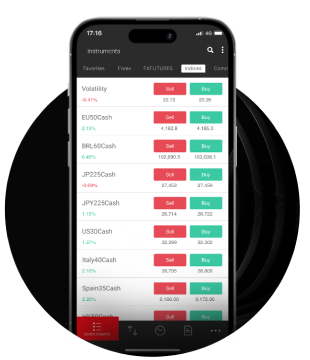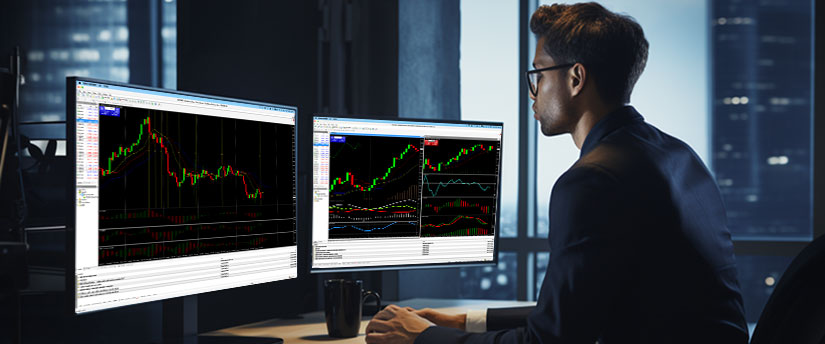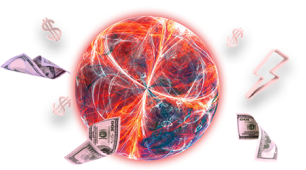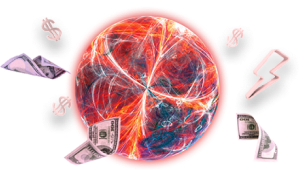In the cutthroat world of forex trading, different traders use different techniques to try to stay ahead of the game. Two well-known methods are sentiment trading and fundamental trading. While both attempt to predict price action and produce effective trades, both apply very different types of information and tools.
To better understand the contrast, it is helpful to look at two legendary players.
On the sentiment side, there’s George Soros, reportedly famously having “broken the Bank of England” back in 1992. He shorted the British pound because he perceived a shift in market sentiment. He believed the Bank of England couldn’t defend the currency for long.
“Markets are constantly in a state of uncertainty and flux. Money is made by discounting the obvious and betting on the unexpected,” Soros once famously declared. His own success illustrates how much power there is in grasping market psychology.
On the fundamentals side, think of Warren Buffett. He is the billionaire investor who grew rich by focusing on the underlying worth of assets.
Buffett’s approach is the benchmark standard of fundamental analysis: “In the short run, the market is a voting machine but in the long run, it is a weighing machine.”
That is to say that prices are determined by emotion in the short game, but fundamentals win in the long run.
In this article, we’re going to talk about how sentiment traders and fundamental traders operate and what tools they use. We’ll also cover the pros and cons of each method. This will help you decide which one is right for you — or whether you can use both in combination.
What is sentiment trading?
Sentiment trading is all about understanding how the market “feels.” More simply put, sentiment traders try to figure out the disposition of traders and investors in general. Are traders and investors generally bullish (or optimistic) or bearish (or pessimistic) concerning a currency pair?
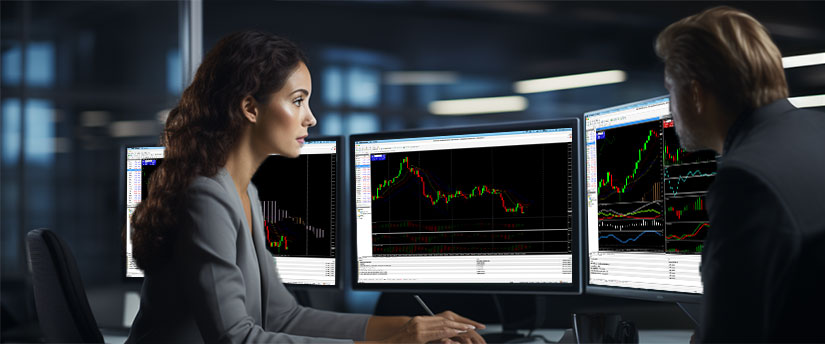
Sentiment traders believe that markets are motivated nearly entirely by emotions like fear and greed. They try to ascertain whether the crowd is moving in one direction and whether that direction might be too much.
For example, if the crowd is all buying USD/JPY, a sentiment trader might take notice. They may start looking for reasons to sell, believing the pair is overbought and due for a reversal.
Sentiment traders and investors will read, analyse and regularly check news headlines, follow reliable newspapers with financial and business news as well as X (Twitter), Reddit, etc., to determine the emotional atmosphere of the marketplace.
In terms of technical tools, they rely on specific market indicators. These include the Relative Strength Index (RSI) and Moving Average Convergence Divergence (MACD). These tools help them determine if a market is overbought or oversold.
For example, a sentiment trader may notice that a large percentage, let’s say, 80% of retail traders are long on EUR/USD which will suggest that this is a “crowded trade.” The trader then may decide to go short (sell) if the price starts to reverse and expect a pullback as retail traders close their longs.
Fundamental trading: what is it?
Fundamental trading is based on reviewing the news and macroeconomic indicators to understand whether the economy of a country whose currency you are trading is faring well. If the economy is strong, then this indicates that is growing and is positive for the currency.
If, for example, there is positive macroeconomic data suggesting that the UK economy is growing and expanding, this will support the pound. Such data strengthens investor confidence in the currency.
Fundamental traders check an economic calendar. They monitor the indicators that would have the biggest effect on the currencies they are trading.
Equally important are central bank policy decisions such as interest rate hikes or cuts, especially from the big banks like the Fed, ECB or BoE, and geopolitical events.

For example, a fundamental trader would translate a strong. US Nonfarm Payroll (NFP) number and low unemployment rate as signs of an expanding economy which will encourage the Fed to raise interest rates. In this scenario, such a trader may decide to take a long position in the greenback as they would anticipate it to strengthen.
Strengths of sentiment trading
Markets overreact, and sentiment traders can capitalise on emotional extremes. Contrarian strategies can be profitable as trading against the herd at the right time can lead to potent reversals. Traders can react quickly to changing moods in the market. On the other hand, sentiment is difficult to measure, and emotion can be irrational, as the market may go the opposite direction, even if the majority of participants are doing something different.
Strengths of fundamental trading
More suitable for long-term traders, fundamental trading allows them to view the bigger picture of an economy and make decisions accordingly. This can also be seen as a negative, as it may take some time for trends to unfold and for traders to take action, while the more complex nature of data may deter some traders as it may require more nuanced understanding of economics, policy or politics. Fundamentals such as Fed commentary or policymakers’ speeches, as well as geopolitical events can disrupt traders’ analysis.
Mixing the best of both approaches
Perhaps, the golden recipe is to mix both approaches as this is what much more experienced traders tend to do. While many will start by analysing the fundamental picture such as the strength of the dollar and what drives this, they would then wait for sentiment drivers to take action if they reflect the bigger picture.
Others may avoid taking action, even if the fundamentals are positive, as sentiment would tell them otherwise. If sentiment indicators demonstrate the big majority of traders are buying the greenback, a trader may wait and see if the price drops or there is a correction.
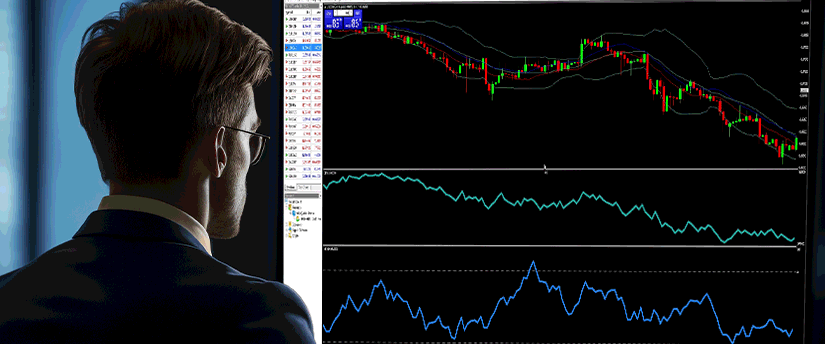
What type of trader are you?
Not all traders are the same, and what applies for some, doesn’t apply for all. Some traders have a talent analysing sentiment or they have a knack for fundamental analysis as they love reading the news and have a deep understanding of politics.
If you have your own strengths, explore these and develop an approach that reflects your interests, strengths or trading goals. How much time you can dedicate doing all these will also affect your approach, as a lot of this relies on investing time to learn more and research.
But if you do this anyway, and you enjoy analysing trends, monitoring releases or following policymakers’ commentary, then you may be a fundamental trader at heart.
If, on the other hand, you like to act faster, can read trader mentality, know what’s trending in social media and you are more attuned with current affairs, then perhaps you fit the sentiment trader mentality.
Either way, using both approaches and mixing them up, may be the ideal solution as very often the market is unpredictable and doesn’t behave in a way that fits one approach. At the end of the day, what matters most is doing your research, developing a solid and clear plan, and having a good risk management in place.
If you are unsure, you can always head over to IronFX’s website and open a demo account to experiment with both approaches and see what works for you.
免责声明: This information is not considered investment advice or an investment recommendation, but instead a marketing communication. IronFX is not responsible for any data or information provided by third parties referenced, or hyperlinked, in this communication.
